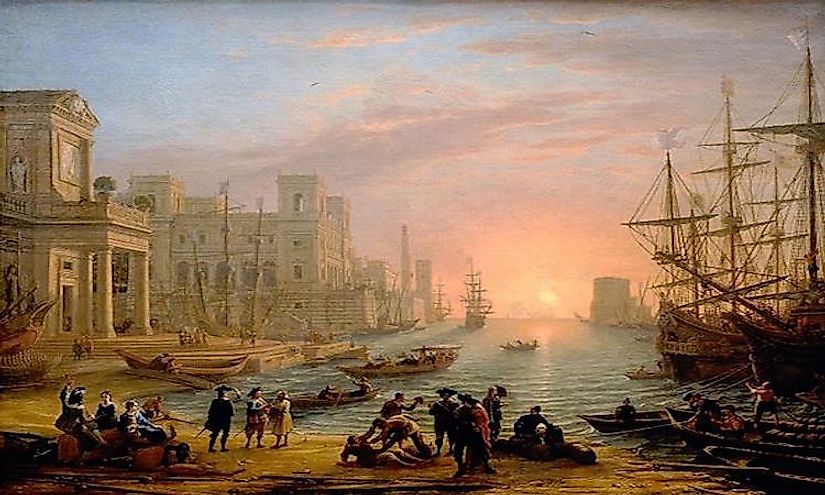What Is Mercantilism?

What is Mercantilism?
Mercantilism is a theory of economy that was commonly practiced in Western Europe between the 1500’s and 1700’s. It was based on the idea that the world has a finite amount of wealth. Under mercantilism, governments regulated the national economy in an attempt to acquire as much of this available wealth as possible and store it in monetary reserves. The belief at this time was that a country’s success and power could be measured by its gold reserves. To achieve this goal, an emphasis was placed on limiting imports and increasing exports to create a positive trade balance.
Principles of Mercantilism
Mercantilism has several basic principles that were true no matter where it was practiced. These include:
- Governments placed high tariffs on imports to discourage goods coming into the country and placed subsidies on exports to encourage an increased number of goods leaving the country.
- Silver and gold could not be exported.
- Trade goods could not be transported on foreign boats.
- If the country had colonies, those colonies could not trade with foreign countries.
- In order to have products for export, governments supported manufacturing industries through tax breaks and subsidies. In addition, using local resources for production was considered ideal.
Prior to mercantilism, most of Western Europe practiced feudal economies. For these countries, mercantilism became the first time that the government regulated and controlled economic activity.
England and France: Centers of Mercantilism
France was the first European country to adopt mercantilist measures. In 1539, the monarchy prohibited importation of wool from Spain and the following year, prohibited the export of gold. This was the beginning of mercantilism in France and throughout the rest of the 16th century, it introduced more of these economic policies. The government even regulated manufacturing and defined how specific products should be produced. This country implemented the same policies in its colonies in North America.
Mercantilism was at its strongest in England around 1640, although monopolized companies were viewed negatively by many. The British crown initiated mercantilistic trade with its American colonies as well. Two policies in particular were enacted to ensure that colonists would buy British goods rather than foreign goods: the Sugar Act and the Navigation Acts. The Sugar Act raised tariffs on sugar and molasses from other countries, forcing the colonists to buy from Great Britain. The Navigation Acts prohibited foreign trade along the American coast and required colonial exports to first be inspected by British customs. These taxes and restriction were not popular with the colonists and eventually led to the Revolutionary War.
Criticisms of Mercantilism
Critics of mercantilism claim that this economic approach actually hindered global economic growth. This is because businesses were more motivated to specialize in the production of goods and services. If, for example, a certain import is prohibited, then manufacturers will work to produce that product domestically. However, this usually results in inefficient production or higher investment cost. This, in turn, raises the final consumer cost of the product and lowers the potential profit. The country with trade restrictions decreases its potential economic growth. Additionally, the country that can efficiently and cost-effectively produce a product is not given the opportunity. This also decreases potential economic growth in the other country. Mercantilism does not allow for mutual benefit which negatively affects the global market.











